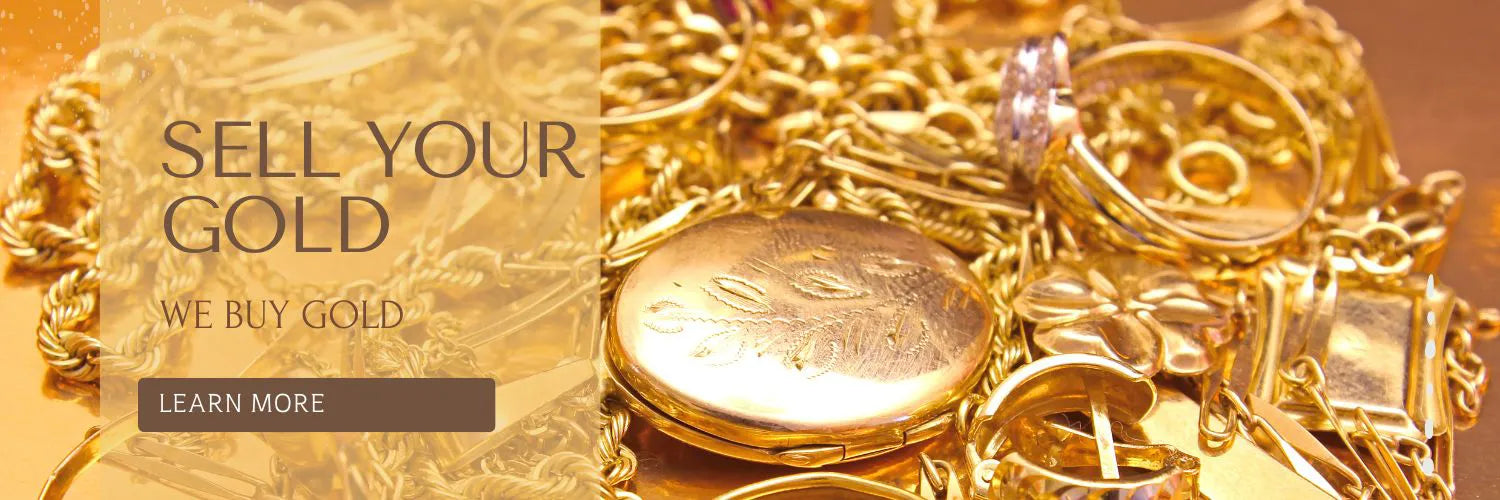By: Morgan Garrison
Welcome to the first post in a new series on birthstones! In this series, you can expect a brief overview of each stone, history and lore surrounding it, and some Fernbaugh’s pieces featuring that stone. Kicking off this series is the January birthstone, garnet. One of the world’s longest treasured gemstones, garnet has a history as rich as it’s deep, red color.
The name “Garnet'' is derived from the Latin granatus meaning “seed” because of the stone's visual similarity to the red seeds of a pomegranate. Red garnets are the most common, but they can be found in an array of colors ranging from purple to pink, orange, and even green.

Inclusions are hard to see in red garnets, especially dark red. This stone can be cut into all standard shapes such as round and princess. Mined garnets are found in a variety of carat weights, but larger carat weights are rare in certain colors. Today, most of the world's mined garnets come from Africa but they are also found in Southern California, the Middle East, South Asia, and Brazil. Garnets are also available in synthetic and lab grown varieties.
Garnets have been used in jewelry for thousands of years. The ancient Egyptians buried garnet necklaces in the tombs of their dead, and Ancient Romans set carved garnets into the signet rings used to seal letters and documents with wax. Garnets appear in Judeo-Christian history under the name carbuncle, one of four sacred stones given to King Solomon by God. It is worth noting that many red gemstones throughout history were referred to as carbuncles. During the Middle Ages in Europe, garnet jewelry was favored by clergymen and members of the nobility. In the 1500s, large garnet deposits were discovered in what is now the Czech Republic making the stone more accessible and leading to growth in its popularity. Garnet remained popular up through the end of the Victorian Era.
Before they were the official birthstone for January, garnets were worn for healing and other benefits. Due to their blood red color, garnets have long been associated with the human life force, especially the heart. In the Middle Ages, garnets were believed to cure inflammation and soothe melancholy and other ailments of the heart. Garnets were also said to have the power to protect the wearer. Many warriors of old wore garnets for protection in battle including King Solomon, the Celts, and the Saxons. During the Crusades, both Christian and Muslim soldiers wore garnets. Garnets were also widely given as gifts to protect travelers because of their resemblance to pomegranates, a symbol of the Greek goddess, Persephone, one of few who could travel between the mortal world and the underworld.
Here at Fernbaugh’s we have several ready-to-wear pieces that include garnets. These pieces make the perfect gift for Mom, Grandma, or any January baby in your life. Our brand new line “This is Us: Our life, Our Story” has every birthstone available in a ring, earrings or necklace. Additional charms easily slide onto the necklace chain to represent all the children, or loved ones in your family.





The always popular “Rhythm of Love” line has an adorable matching earring and a pendant available with any of the birthstones.


If you’re looking for something different, try searching “garnet” on our website to browse even more ready-to-wear pieces. Or, any member of our staff can walk you through designing a one-of-a-kind piece. The possibilities are endless!
Click HERE to shop Birthstone Jewelry
Sources:
Gemological Institute of America
https://www.gia.edu/garnet
https://www.gia.edu/garnet-history-lore
https://www.gia.edu/birthstones/january-birthstones
International Gem Society
https://www.gemsociety.org/article/garnet-symbolism-legends/






